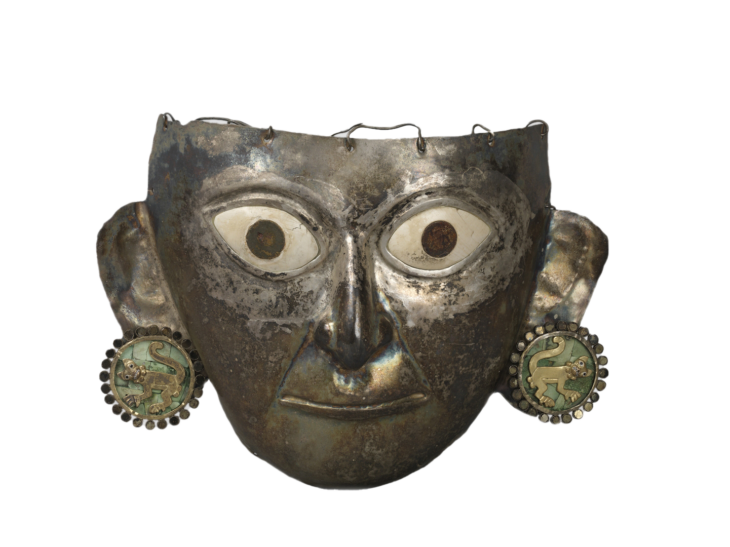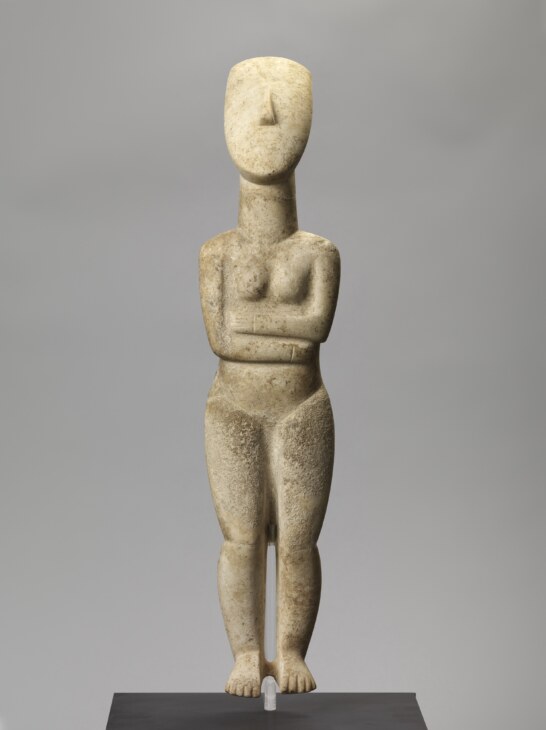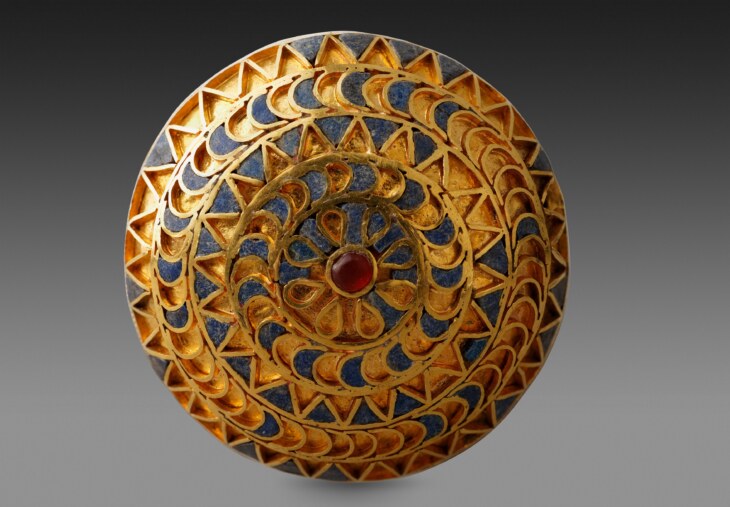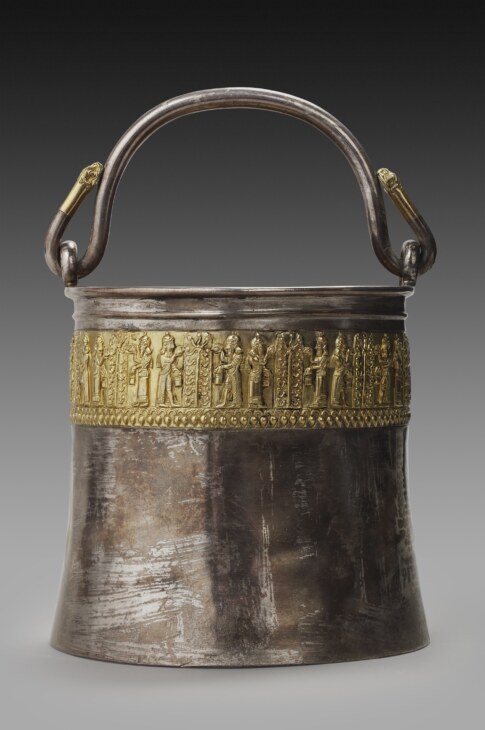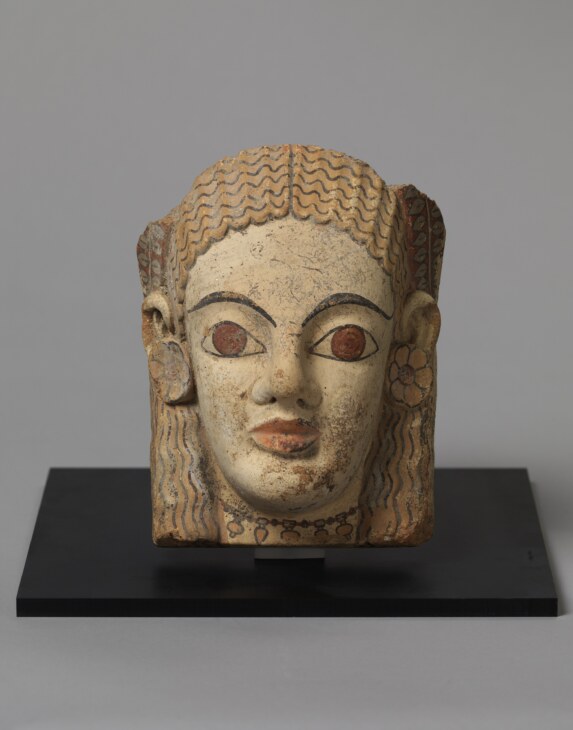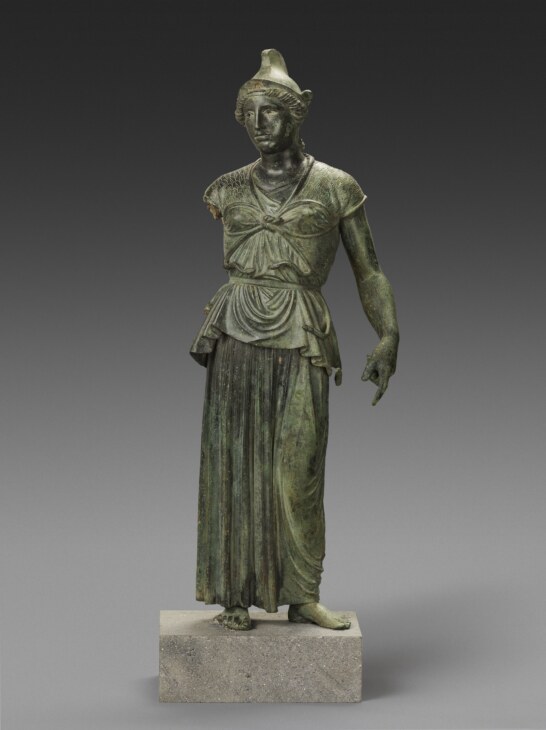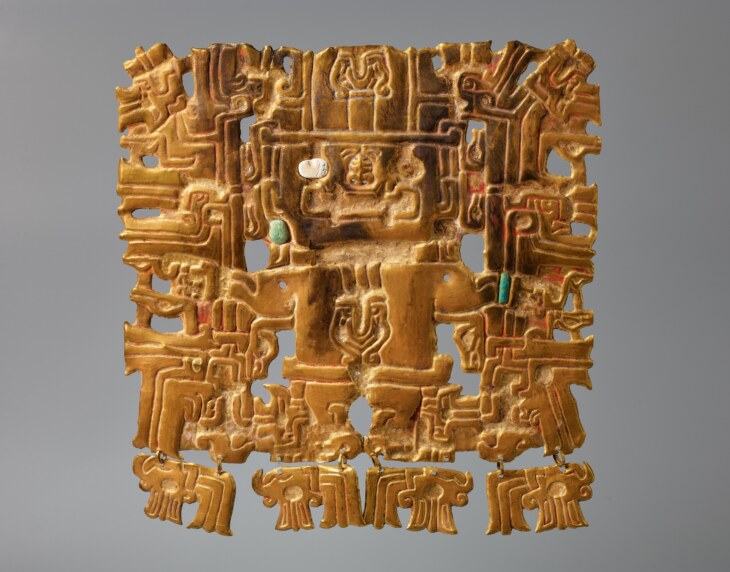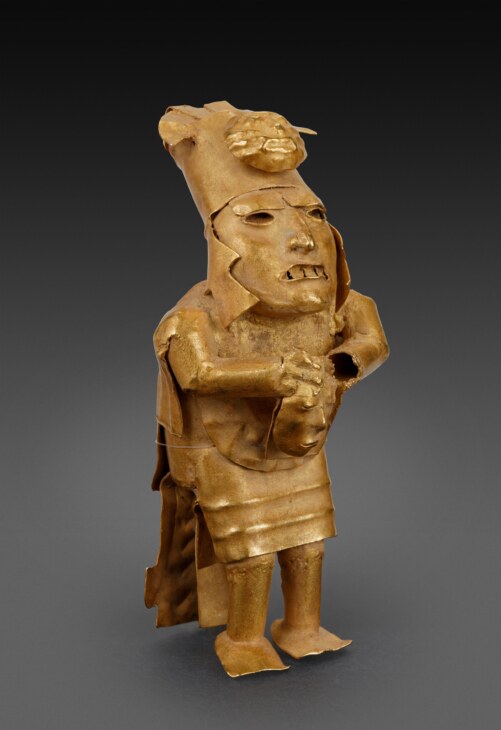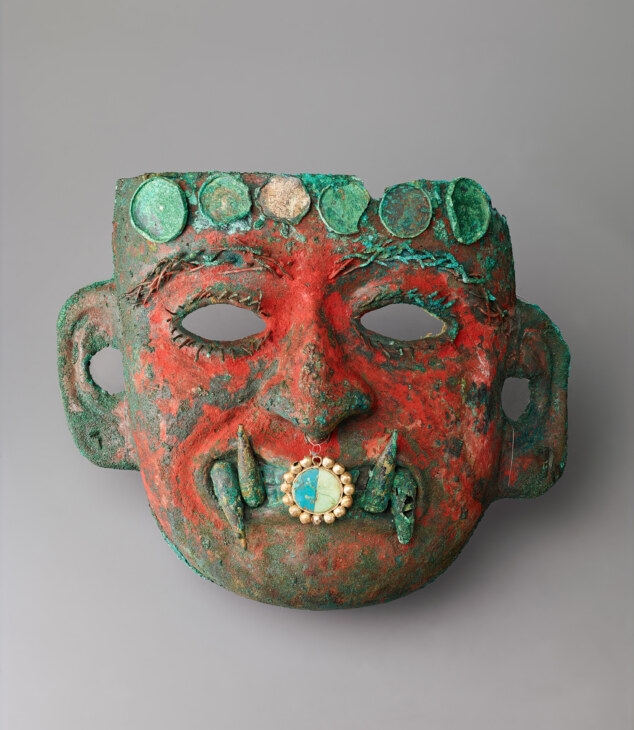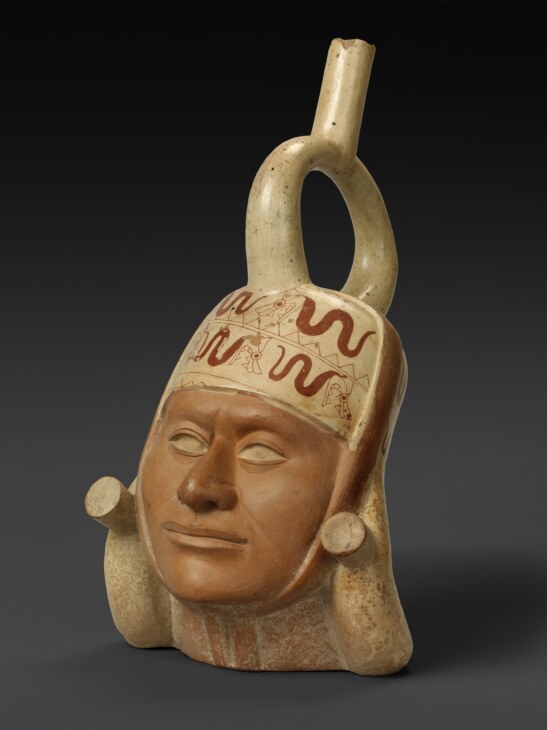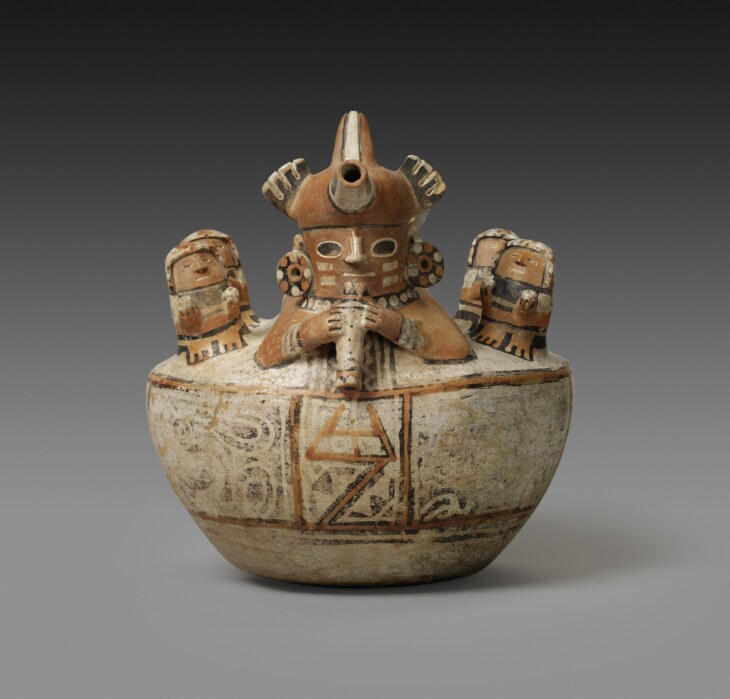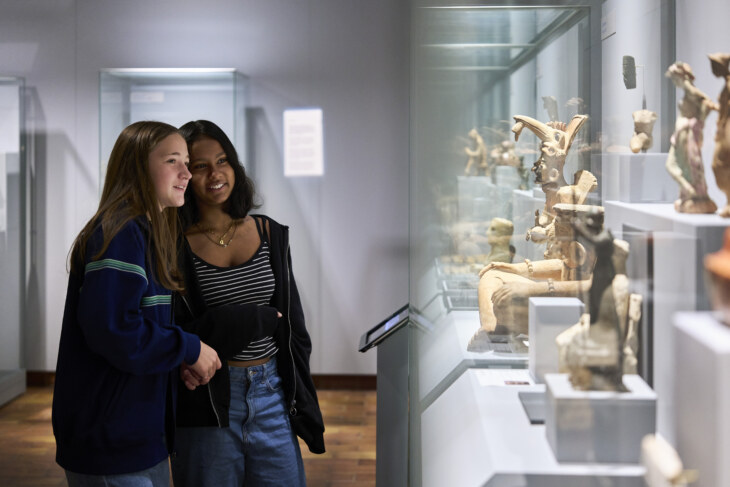Ebnöther Archaeological Collection
The focus of Ebnöther’s collecting was the cross-cultural dialogue between the pre-Columbian world and European and Near Eastern antiquity. Through the direct juxtaposition of objects, he sought to explore fundamental questions of human existence.
The collection’s focus is on the cultures of ancient America. Around 3,000 artifacts come from Peru and Ecuador, forming the most comprehensive collection of pre-Hispanic artworks from these two countries in Switzerland. A particular highlight is the early gold work from Peru, which the renowned archaeologist Walter Alva has called the most important collection of its kind outside of the Americas.
A remarkable number of outstanding objects from the Etruscans of ancient Italy and the Urartians in modern-day eastern Turkey are particularly impressive representatives of the Mediterranean and Near Eastern cultural sphere. The scope of the collection ranges from simple everyday utensils made of organic material to artfully crafted objects made of precious metal, thus reflecting the entire spectrum of human creation.
Provenance Research on the Ebnöther Collection
The Ebnöther Collection was acquired on the international art market between 1975 and 1989, a period when questions of origin were rarely asked systematically and regulatory frameworks were largely absent.
Numerous objects come from regions with a documented history of widespread grave robbing, particularly from Central and South America. The resulting lack of context not only compromises the scholarly value of the objects but also their cultural attribution.
The Museum zu Allerheiligen takes this issue seriously. It conducts ongoing provenance research on the Ebnöther Collection and seeks transparent and fair solutions in dialogue with specialists as well as institutions and authorities in the countries of origin.
This approach is part of a broader understanding of the museum’s role—one that considers ethical responsibility and international collaboration to be integral components of museum practice.

